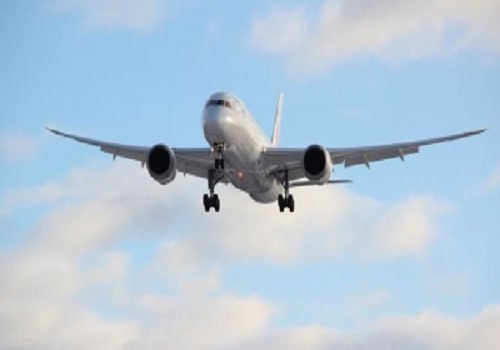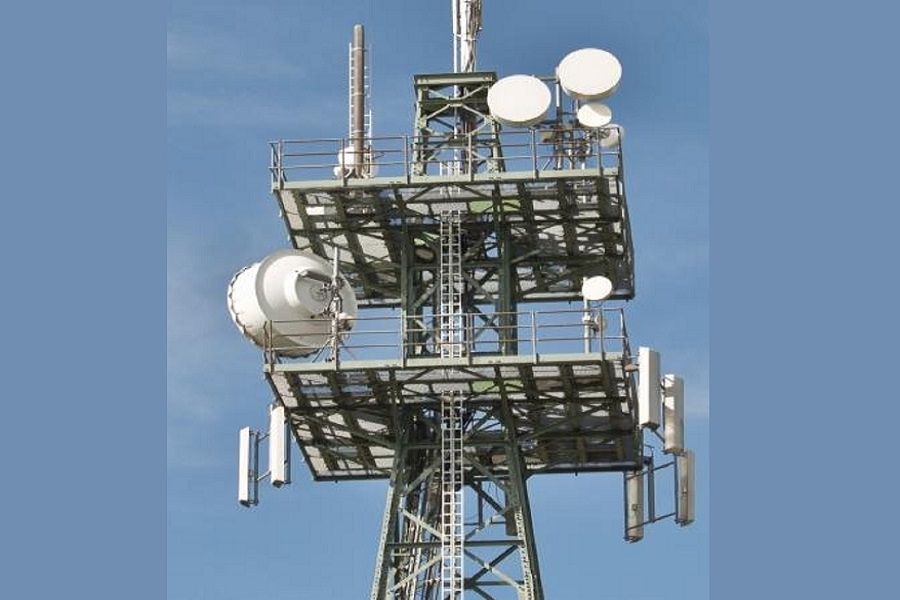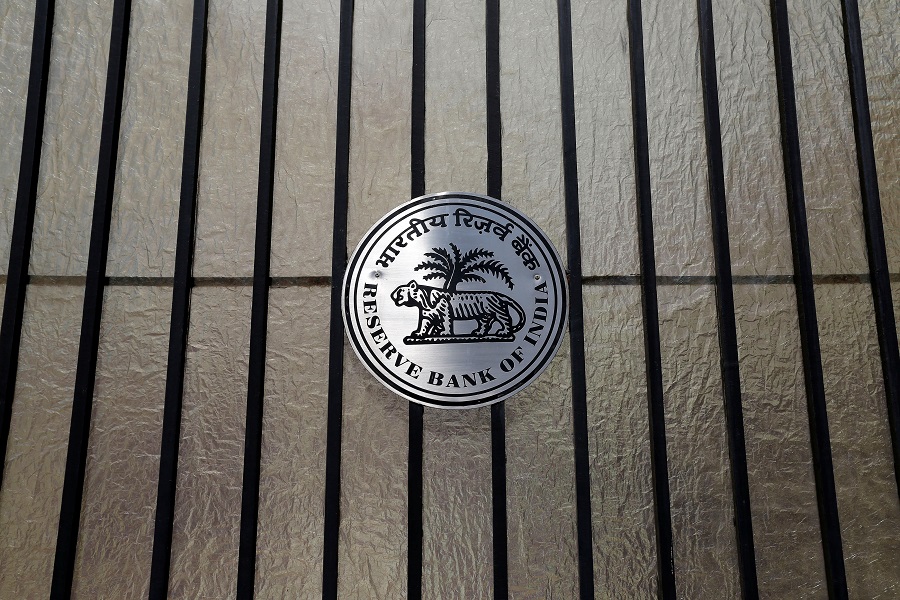Capital expenditure of small private airports expected to rise 50-60% annually over next three years: Crisil

The rating agency Crisil has said that capital expenditure (capex) of small private airports is expected to rise 50-60 per cent annually over the next three years, driven by capacity expansion on account of a substantial increase in terminal utilisation levels, while the capex at large private airports will see a decline during the same period, as much of the capacity expansion has been completed or nearing completion. However, the rating agency expects the overall capex of private airports to slightly slow down by 10-15 per cent to around Rs 40,000 crore over the next three years.
Crisil has said that the small private airports are expected to embark on a significant expansion of up to 1.5 times their current base by fiscal 2028 in response to escalating travel demand and moderate capacity on the ground. It added that, while the strong demand leading to recovery of air traffic movement has yielded a remarkable compound annual growth rate of around 45 per cent in passenger traffic at small private airports between fiscals 2022 and 2025, the capacity growth at these airports has been relatively sluggish, with a modest CAGR of around 20 per cent over this period, resulting in terminal utilisation levels increasing from around 60-90 per cent and a need to build additional capacity. In contrast, the greenfield airports of large airports are set to become operational this fiscal year, with minimal capital expenditure required going forward, as a result in the medium term, most capital expenditure will be allocated towards maintenance refurbishing equipment, upgrading amenities and developing infrastructure rather than expanding capacity. It also noted that their strategic locations in or near tier-1 cities minimise the off-take risk, enabling a smooth ramp-up of passenger and cargo volumes.
It also noted that while capex intensity for small private airports will rise to over 2 times, project risk will be manageable since these are expansions of existing sole airports in their respective cities. Further, their sponsors' expertise in operating large private airports and their strong fundraising capabilities also mitigate some of the risks. Meanwhile, it added that a slowing of capex of large airports will provide an opportunity to further sweat out their capacities, with traffic growth rising to around 30 per cent CAGR over the last three fiscal years. Further, it suggested that an established regulatory tariff framework that provides a pass-through of capex costs with reasonable returns remains conducive for the sector.

_Securities_(600x400).jpg)
.jpg)
.jpg)

.jpg)
.jpg)

.jpg)














